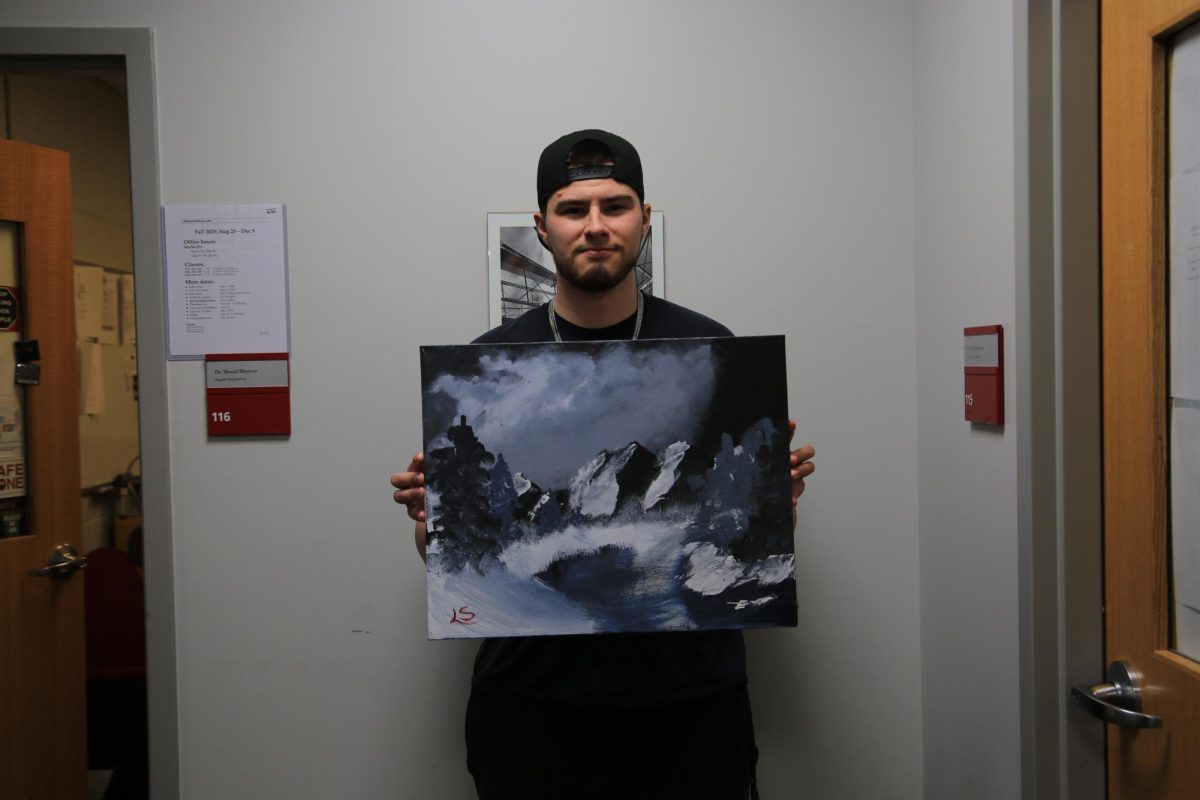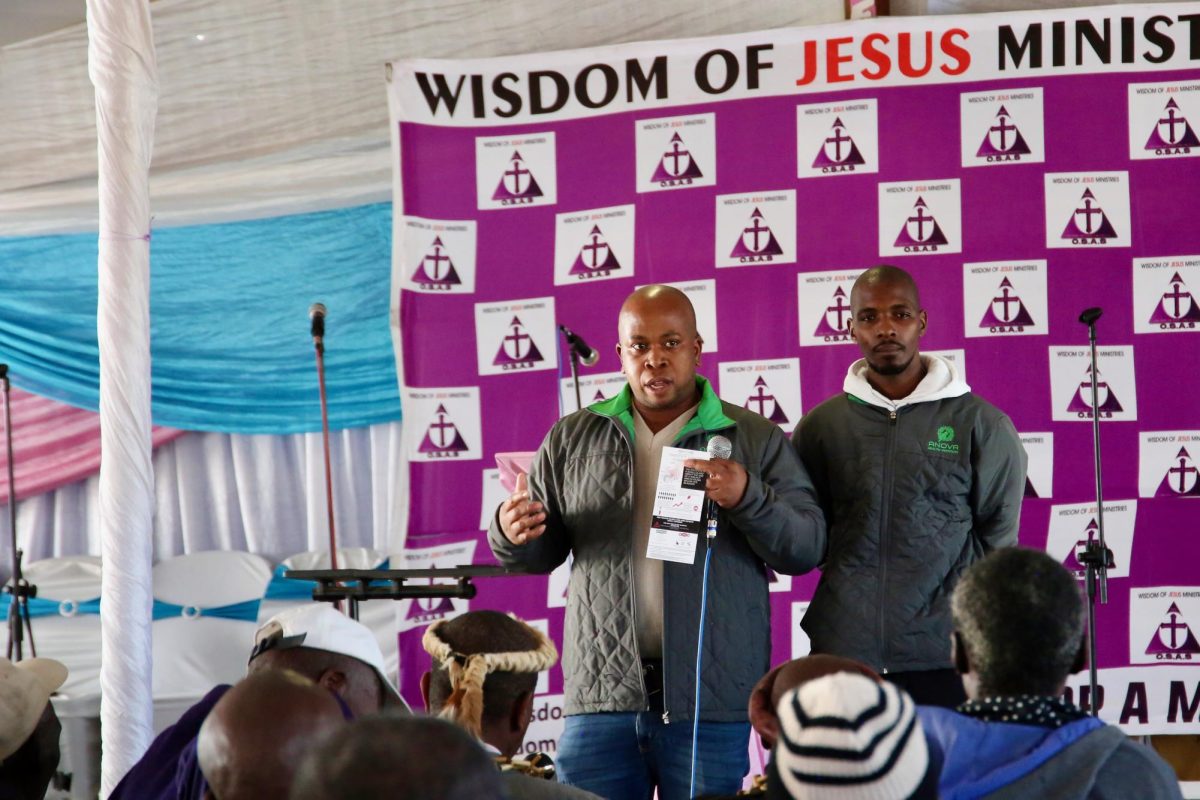The university has named Zenobia Hargust as the new Chief Human Resources Officer.
Hargust, who starts her post on Hawk Hill June 3, currently serves as the Director of Equal Opportunity & Employee Engagement and the Title IX Coordinator at Swarthmore College.
Of the 16 people currently in senior-level administrator positions at St. Joe’s, Hargust will be the second person of color. Shaily Menon, Ph.D., dean of the College of Arts and Sciences, is the first person of color to serve as a dean for either of the colleges at St. Joe’s. Menon came to St. Joe’s in August of 2017. She said she believes diversity at all levels in higher education is important.
“Diverse groups make better decisions, they have more perspectives to bring to the table, and governing is improved when there’s more diversity,” Menon said. “In addition to that, for students, it’s very important to have role models and to know that they are represented and that people who look like them are at the table when important decisions are being made.”
Melissa Logue, Ph.D., assistant professor of sociology, has taken Menon’s point about the importance of diversity at all levels of the university to the President’s Council on Inclusion and Diversity (PCID) where she sits.
“Yes, having more people [of color] is good, but you don’t retain them if your space isn’t inclusive,” Logue said. “That person is going to have a different lived experience just by virtue of the body they walk in.”
Sarah Willie-LeBreton, provost and professor of sociology at Swarthmore College, the school where Hargust currently works, said if a university wants to have its student body become more diverse, then the university needs to have its administration become more diverse.
“We all draw on our backgrounds when we’re making decisions together about the curriculums, student access, buildings, our financial and educational priorities,” Willie-LeBreton said. “Because we draw on our backgrounds, the more homogenous our backgrounds, the fewer kinds of ideas we have to draw on.”
At the Feb. 18 PCID meeting, Jeanne Brady, Ph.D., provost and vice president for Academic Affairs, and University President Mark C. Reed, Ed.D., went to discuss the future of strategy of inclusion and diversity at St. Joe’s.
After that meeting, the sociology department invited Reed to attend their monthly faculty meeting to further discuss inclusion and diversity. A main point of this discussion was leadership positions, Logue said.
“One of the things all of us [the sociology department] agreed on and that we raised was the lack of racial and ethnic diversity that we saw in leadership,” Logue said. “The CDO [Chief Diversity Officer] position is not the place that’s supposed to be the brown-person position. Yes, you probably want to have a person of color in the position if you have a predominately white campus, and you have issues to address. You probably want to lean to that.”
Monica Nixon, Ed.D., was appointed assistant provost for Inclusion and Diversity in August 2016 and left the university in July 2018. The position remains vacant although the university has said they anticipate a candidate will be named in May.
People who identify as white serve in the majority of administrative positions in higher education, according to the American Council on Education (ACE) Race and Ethnicity in Higher Education 2019 Report.
At St. Joe’s, administrators have historically been white, and until recently, male. Rosalind Reichard, Ph.D., served as interim provost from 2014 to 2016. Brady was named provost and vice president for Academic Affairs in 2016. Cheryl McConnell, Ph.D., will take on the role next, beginning June 2019 after Brady retires.
Hiring white women doesn’t solve the problem, though, Logue said.
“It’s great you get women,” Logue said. “That’s great. But if they’re all also white, and they’re in these positions of power, you’re still [missing] that potential person experience and research experience of someone who’s from a different racial background, who might see the same issue and think about a different angle of it.”
Of 11 senior administrative roles named in the ACE report, positions in student life are most represented by people of color, with 26% of senior-level student life administrators identifying as people of color.
The position of chief human resources officers make up the second largest group, with almost 20% identifying as people of color, the report stated. Aubrey Wang, Ph.D., associate professor of educational leadership, who also serves on the PCID, said St. Joe’s is situated right now for additional changes and an increased sense of inclusivity.
“Even though the makeup of the decision-makers is slightly changing now, they are still the minority, and so they have to fight harder to get their voices and perspectives heard, and that’s always going to be a very difficult situation to be in,” Wang said













































